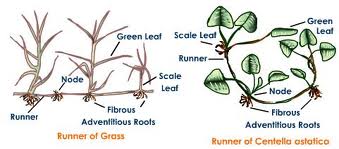1. a) analogous organs indicate ---------- evolution.
b) --------were functional in ancestors but are rudimentary in modern descendants.
2.under which category does it lies..??? homologous or analogous..???
a) potato and runners of grass
3. snakes do not possess legs bcoz
a) lizards do not possess legs
b) legs degenerated during evolution
c) legs are lost when snakes burrow
d) ancestors of reptiles did no possess
thnx in advance.. :)..
-
UP 0 DOWN 0 0 4

4 Answers
dats not necessary to answrr all the questions..u may answer any of them..if u know ....
1. Analogous organs indicate either divergent or convergent evolution. Which one do you think?
______were functional in ancestors but rudimentary in descendants. This refers to a type of organs, for example the pinna. What do you think these types of organs are called?
2. Both potato tubers and runners of grass are modified stems although they look different. Both of them can be used for vegetative propagation. They are homologous structures.
For questions 3 try elimination for answering the question.
analogous is always convergent...
the second 1...amm...i'm confused with the answer..so plzz..u tell he answer..
and..what exactly is runners of grass??
for ques3...i guess..it should be..(b)..coz...as per option (a)..lizards do possess legs...as much i have generality seen..option (c)..is not so relevant..its not necessary to lose legs in order to borrow the ground..and for option (d)..reptiles also have legs..so..(b)....
You are right. Analogous is always convergent.
'Vestigial' organs are rudimentary in descendants. Runners of grass are side branches from which roots grow down into the soil. This gives rise to new plants. It is a natural method of vegetative propagation.
You are right about question 3.